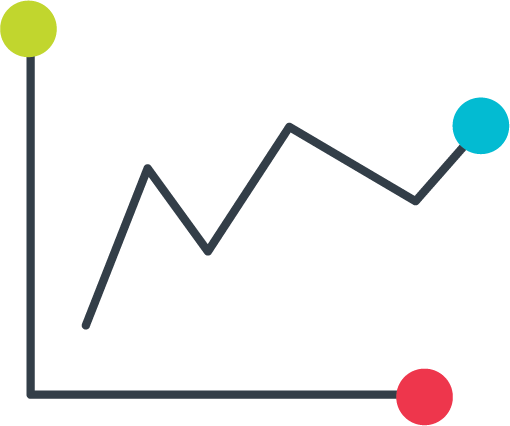Assessing the Health of Your School’s Tiered System of Supports

Context Setting
Most schools have a process or protocol for responding to students in need. Implementing a Tiered System of Supports is one way of organizing and providing supports. A school’s Tiered System of Supports responds to students in a way that is integrated with varying levels of resources and participation of different stakeholders, both in and out of school.
This process of responding to student need in a holistic and integrated way is complex and, therefore, can be challenging to implement with consistency and fidelity. Students come to school with varying strengths and contexts that often change over time. Therefore, schools should aim to continuously improve and refine essential system elements to ensure ongoing effectiveness of the system. Implementation of a system, structure or practice with fidelity to the intent and guidelines increases positive student outcomes.
How can schools determine whether their efforts are effective, and practices are implemented with fidelity? How will schools determine whether their system and practices are creating an equitable and supportive learning environment? One way to gather this information is by conducting an assessment.
Tiered System of Supports Health Assessment – What Is It?
An assessment provides the opportunity to look at what is currently happening in a school and begin to consider whether there is a need to implement changes for improvement. An assessment can be proactively conducted at the start of a school year and then used in an ongoing way to increase responsiveness to the needs of students throughout the school year. We call this process Assessing the Health of Your School’s Tiered System of Supports. The data collected could be qualitative (how the system is responding to students) or quantitative (how efficient/productive the system is) in nature.
Technical and Adaptive Challenges
There are two types of challenges identified by Ronald Heifetz: technical and adaptive. Understanding the difference between the two will more likely lead to a successful implementation of your Tiered System of Supports.
- Technical challenges have known solutions that can be implemented by current know-how – and current structures, procedures and ways of doing things.
- Adaptive challenges, by contrast, can only be addressed through changes in people’s priorities, beliefs, habits and loyalties.
Some adaptive challenges might include:
- More students being referred for special education than tiered supports
- Emphasis placed on making referrals for more punitive interventions (e.g., detention, suspension)
- Low family engagement (parents not participating at the meeting, voice not heard)
- Limited use of proactive and responsive universal supports prior to referring
- Inconsistent monitoring of implementation of interventions with fidelity
In terms of technical challenges, consider:
- Limited time to conduct meetings
- Limited student data collected or provided during meetings
- Long wait list of students (i.e., students waiting a month or more to be discussed)
- More time spent in meetings discussing students, with limited time left to develop a robust support plan
- Limited resources provided to conduct the meeting (e.g., forms to use, clear guidance for expectations, a list of available supports and interventions)
Schools must be careful not to treat an adaptive challenge as if it were a technical one. Not seeing the deeper context of, or need for, what appears to be a “quick fix” is what often causes the adoption of best practice solutions to fail. “Quick fixes” or “band-aid solutions” may lead to inequities. Whether you are attempting to implement a Tiered System of Supports for the first time or revising your current system, it is important to realize that you need to approach this as a system comprising both technical and adaptive challenges. For example, if there is an awareness among leadership that there are more students who would benefit from additional support than are being referred by teachers, simply reminding teachers to refer more students would not be sufficient. In fact, this could lead to an overemphasis on referrals and looking for children who have “problems” just to appease leadership. This practice could result in over–referring students who would not otherwise need support and place less emphasis on the practice of the teacher. One way to respond to low referrals could be to survey teachers about a lack of referrals and address any potential gaps in their understanding of the purpose or process of a Tiered System of Supports.
Turnaround for Children offers a Tiered System of Supports Health Assessment to capture data about the current functioning of your Tiered System of Supports and where you may want to focus your attention in creating or enhancing your Tiered System of Supports. This assessment, which includes both technical and adaptive aspects, will help your team determine where your school is in its process of creating or refining a whole–child aligned Tiered System of Supports – one that reflects shared leadership and ownership, a supportive environment, developmental relationships and knowledge, skill and mindset building and the foundational components for creating a Tiered System of Supports.

Share